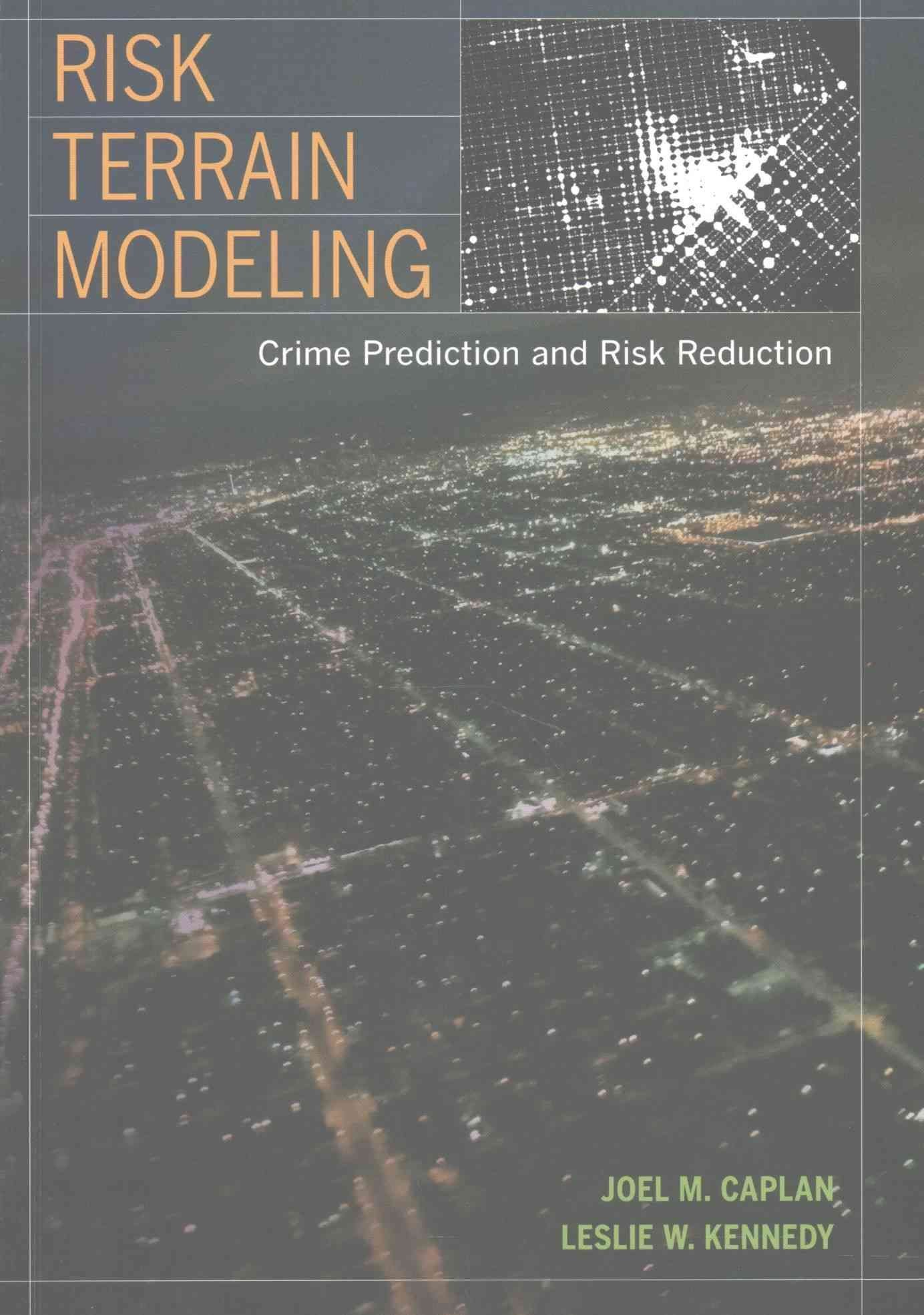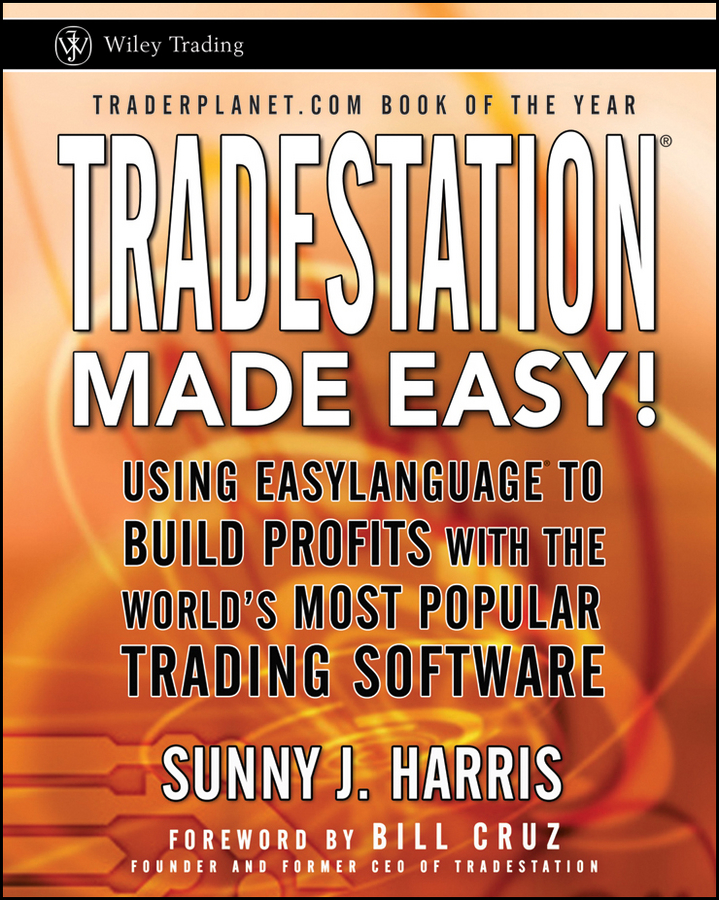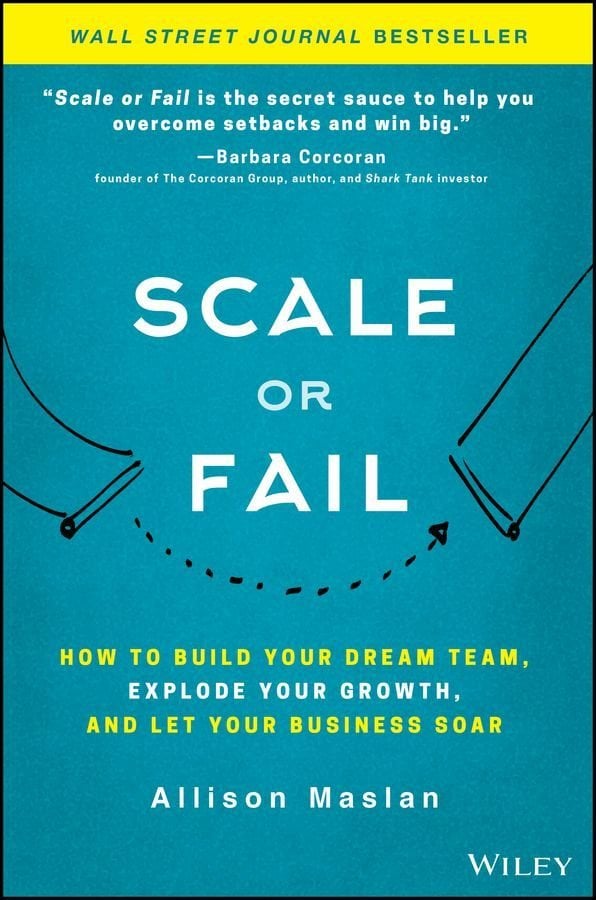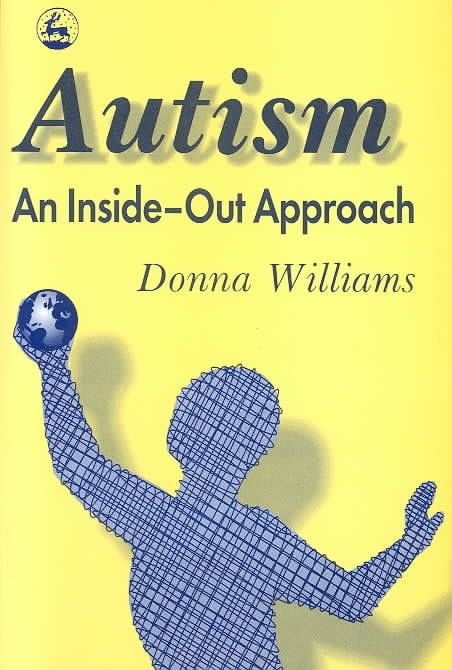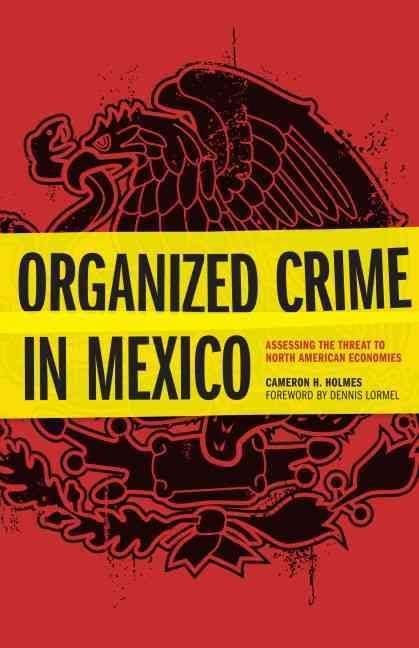Risk terrain modeling (RTM) diagnoses the spatial attractors of criminal behavior and makes accurate predictions of where crime will occur at the micro-level. This book presents RTM as part of a larger risk management agenda that defines and measures crime problems; suggests ways in which they can be addressed through interventions; proposes measures for assessing effectiveness of treatment and sustainability of efforts; and offers suggestions for how police organizations can address vulnerabilities andexposures in the communities that they serve through strategies that go beyond specific deterrence of offenders. Technical and conceptual aspects of RTM are considered into the context of past criminological research, leading to a discussion of crime vulnerabilities and exposures, and the Theory of Risky Places. Then best practices for RTM, crime prediction, and risk reduction are set to ACTION. Case studies empirically demonstrate how RTM can be used to analyze the spatial dynamics of crime, allocate resources, and implement customized crime and risk reduction strategies that are transparent, measurable, and effective. Researchers and practitioners will learn how the combined factors that contribute to criminal behavior can be targeted, connections to crime can be monitored, spatial vulnerabilities can be assessed, and actions can be taken to reduce the worst effects–Provided by publisher.
